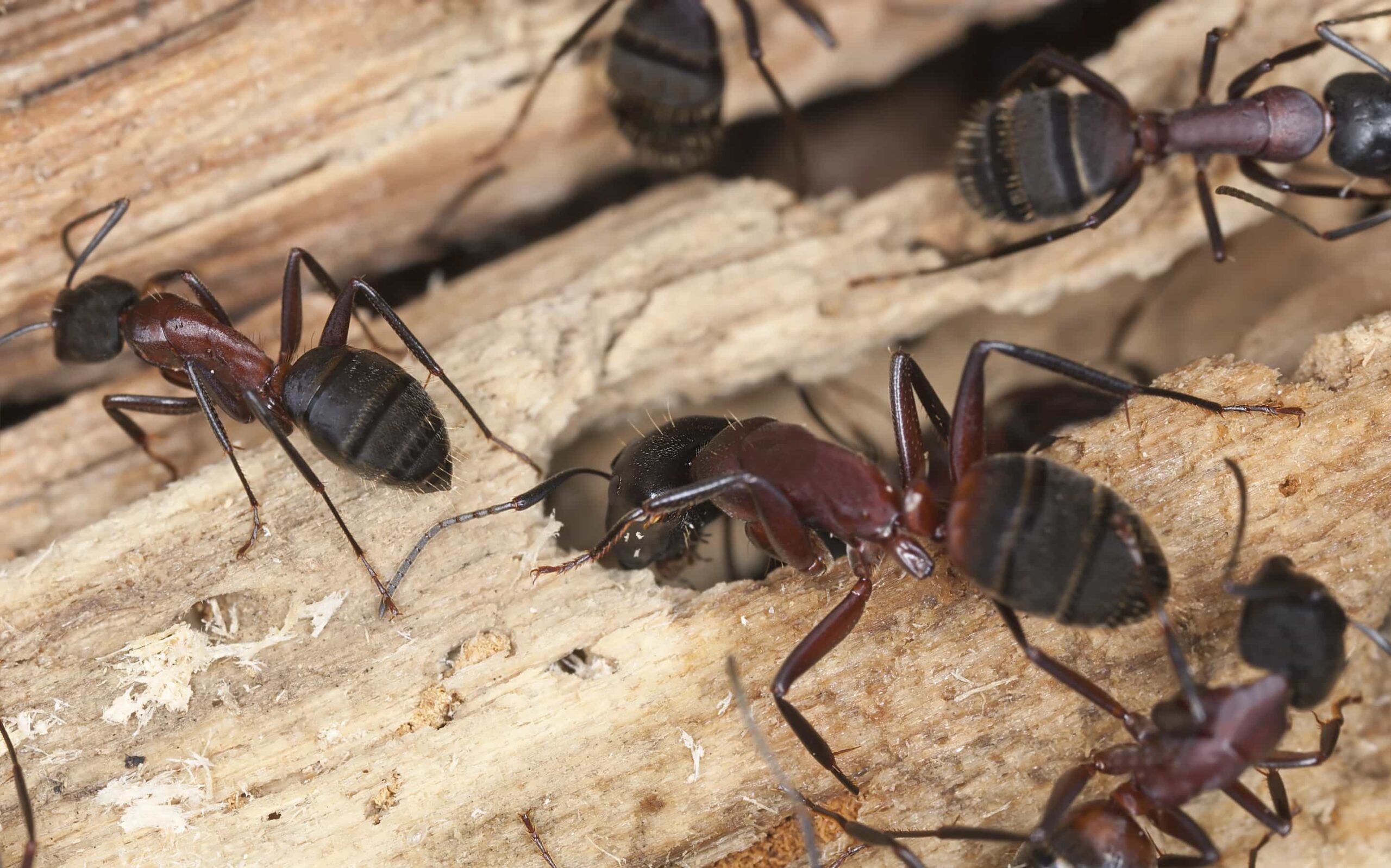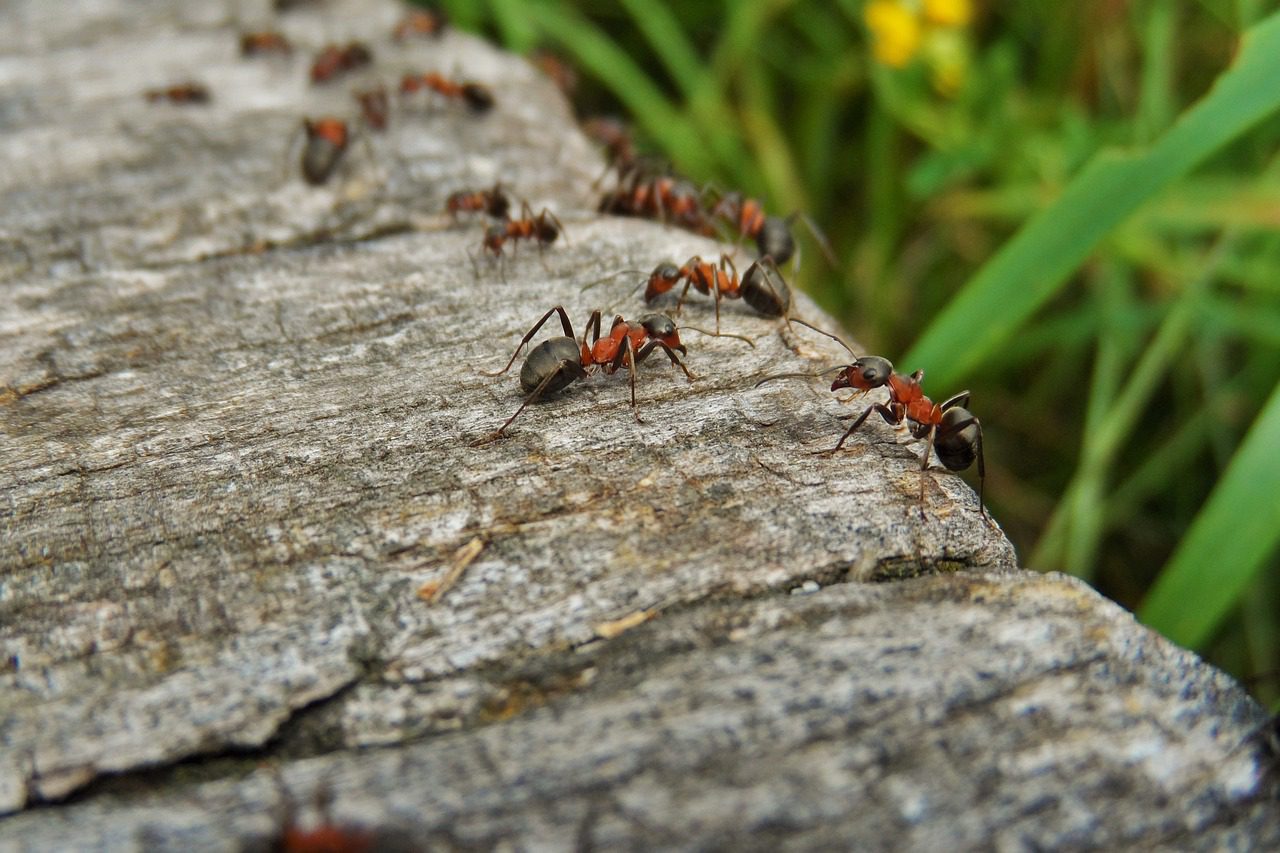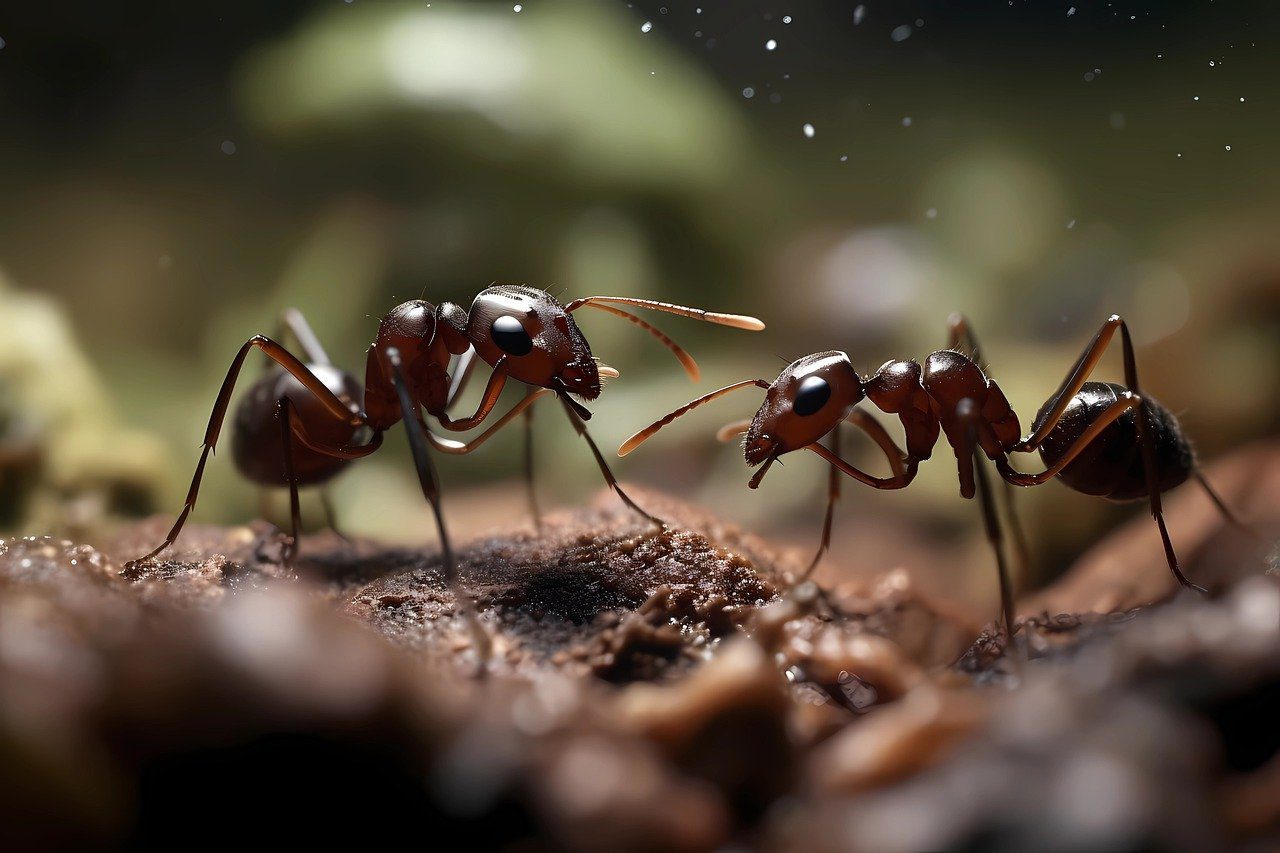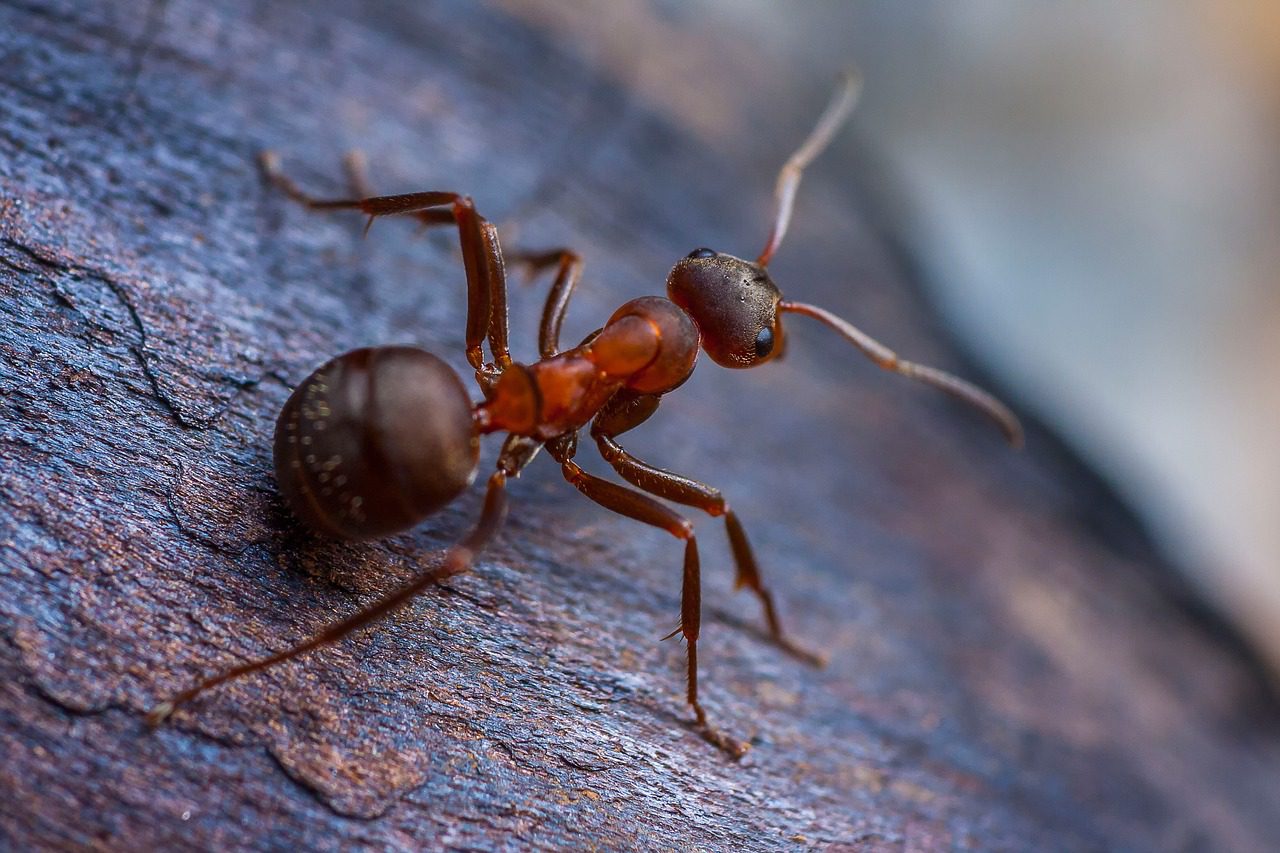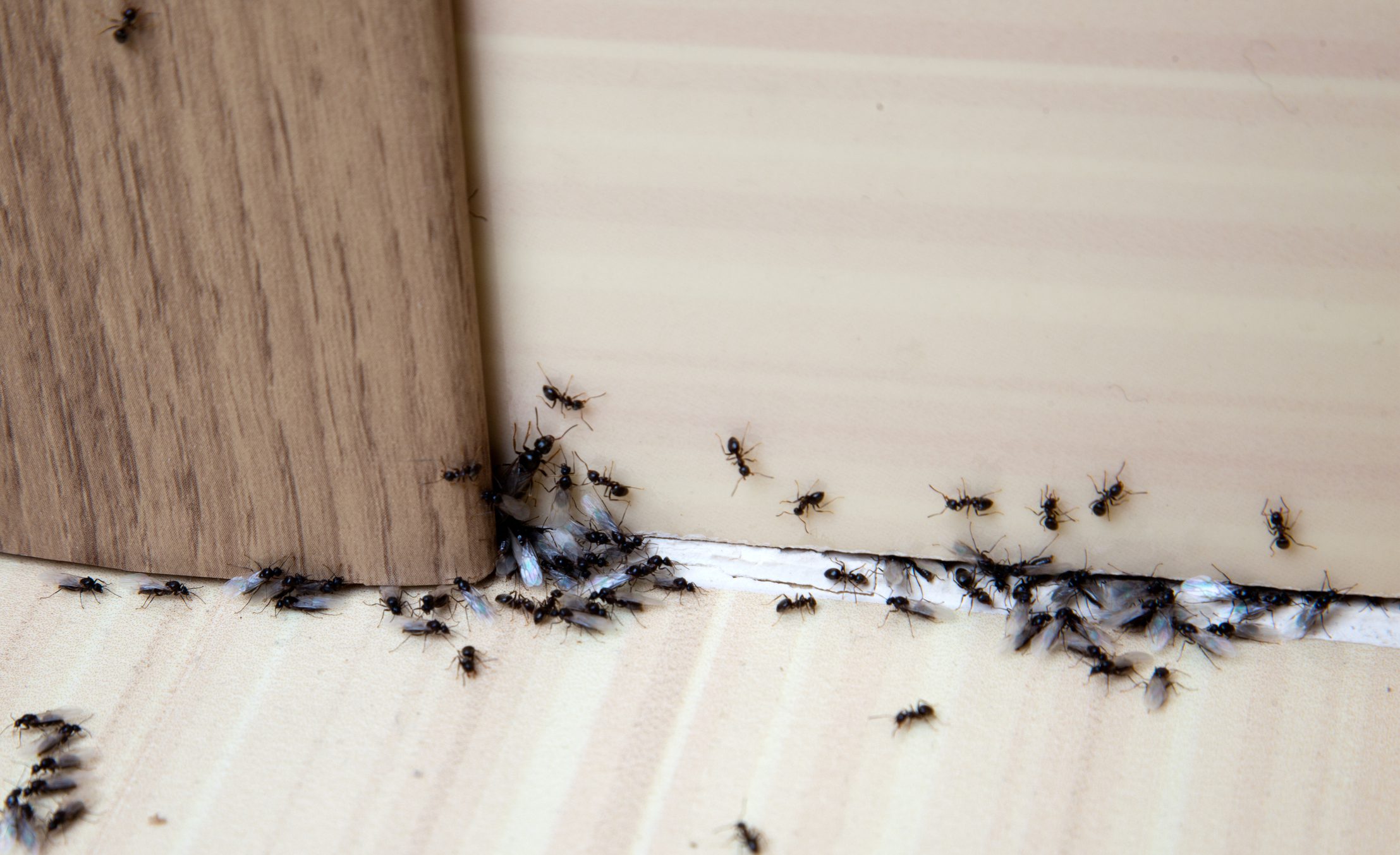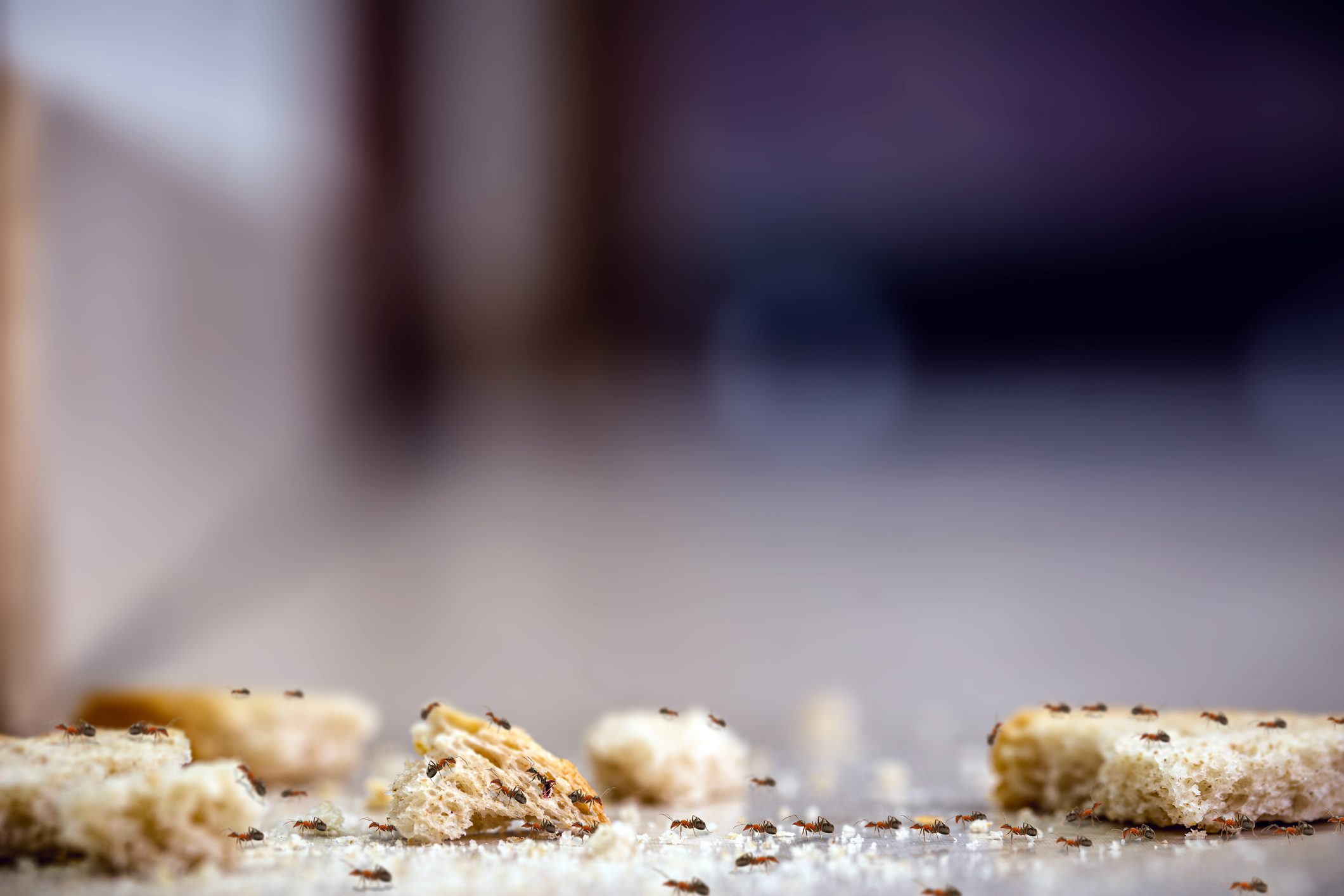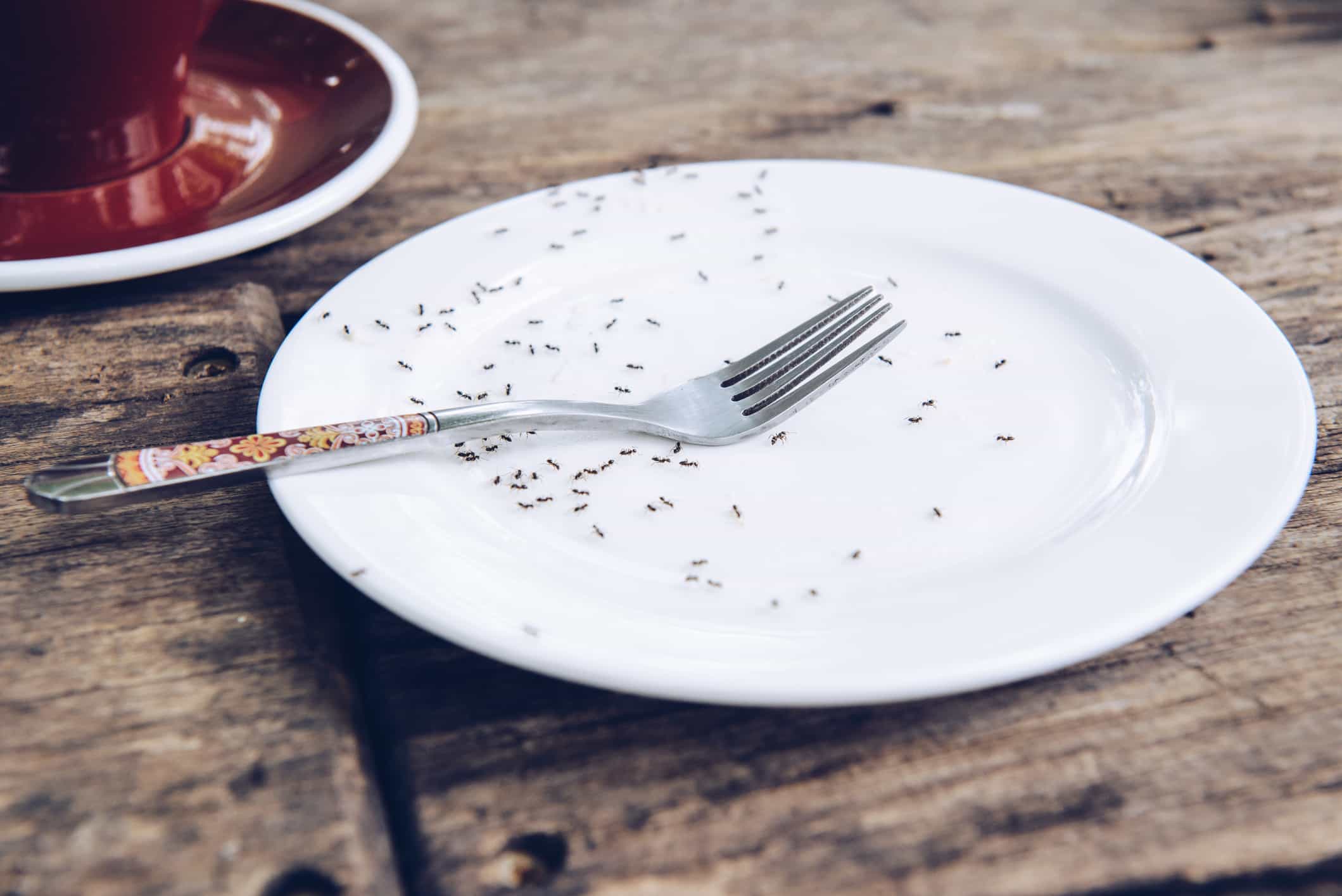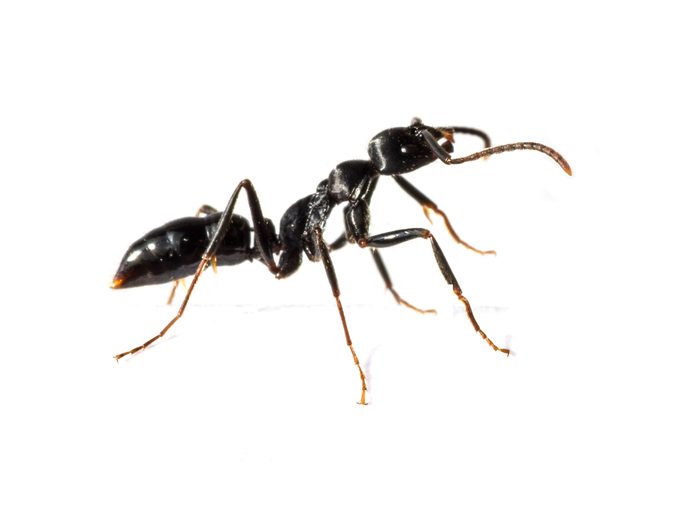
ant Control Services in Northern Massachusetts
The most common question searched online is, “How to get rid of ants.” How can Eastern Pine Pest Control Service help with your Ant problem?
We serve the northeast of Massachusetts, including all of Essex County and parts of Middlesex County.
Risk Of Ants
Ants can spread disease, contaminate food sources, cause structural damage to buildings and furniture, and create an unpleasant environment for humans or pets living in the area.
Food Contamination
Ants may carry and transmit bacterial and fungal organisms that are serious disease pathogens and can be spread around your food or pantry.
Property Damage
Acrobat ants and carpenter ants build their nests in damp or decaying wood. Homes with moisture issues are prime targets for carpenter ants.
Harmful Bites & Stings
Ants can bite when they feel threatened, and a person who is highly allergic to wasp and bee stings may also be allergic to ant stings.
Ant Control with eco-friendly solutions
Request A QuoteAnts We Commonly See In Massachusetts
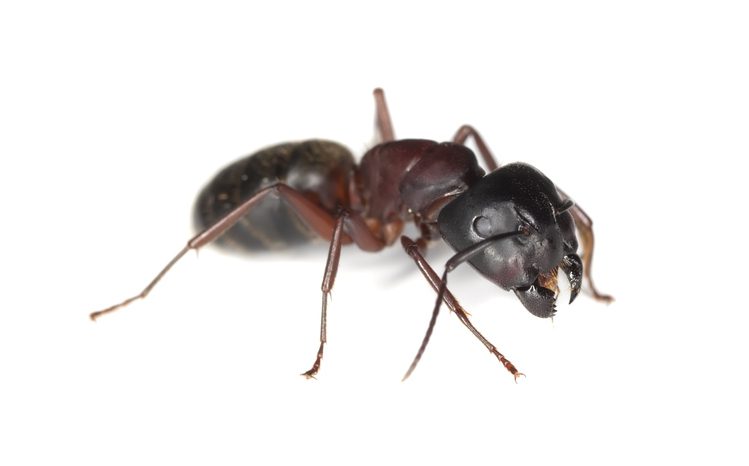
Carpenter ants (Camponotus spp.) are a common ant species found in Massachusetts and throughout much of North America. Here are some of their characteristics and behaviors:
Appearance
Carpenter ants are relatively large ants, typically measuring about 6 to 12 mm in length. They vary in color from black to red, and may have a combination of colors. They have a distinct waist and elbowed antennae.
Habitat
Carpenter ants are named for their ability to excavate wood in order to create their nests. They typically nest in moist or decaying wood, such as trees, stumps, logs, or in the walls of buildings. They are often found in areas where there is moisture, such as near leaky pipes, roofs, or windows.
Colony Structure
Carpenter ants live in colonies with a queen ant that lays eggs, worker ants that forage for food and tend to the young, and male ants that mate with the queen. The colonies can range in size from a few dozen to several thousand ants.
Behavior
Carpenter ants are primarily nocturnal and are most active at night. They are also known for their strong mandibles, which
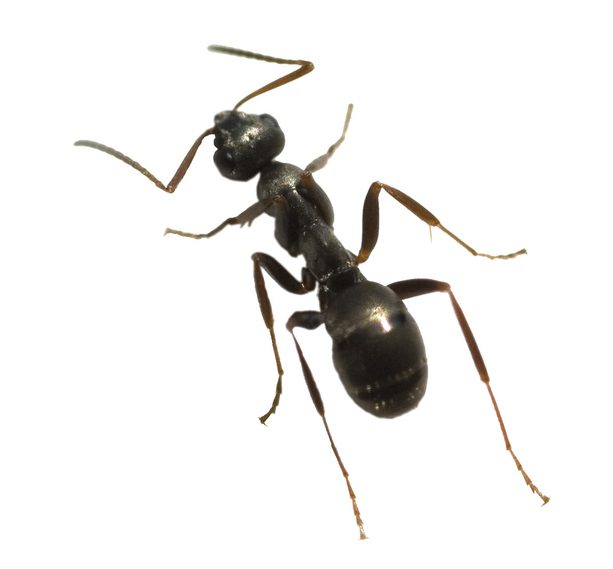
Pavement ants (Tetramorium caespitum) are a common ant species found in Massachusetts and throughout much of North America. Here are some of their characteristics and behaviors:
Appearance
Pavement ants are small, usually measuring about 2.5 to 4 mm in length. They are typically dark brown or black in color, with lighter-colored legs and antennae.
Habitat
Pavement ants get their name from their preference for nesting under sidewalks, driveways, and other pavement. They also nest in soil, under rocks, and in other cracks and crevices. They are often found in urban and suburban environments, where they feed on a variety of food sources, including sweet substances, greasy or oily foods, and dead insects.
Colony Structure
Pavement ants live in colonies with a queen ant that lays eggs, worker ants that forage for food and tend to the young, and male ants that mate with the queen. The colonies can range in size from a few dozen to several thousand ants.
Behavior
Pavement ants are known for their aggressive behavior and will defend their nests against intruders. They communicate with each other through chemical signals called pheromones, which they use to mark trails to food sources and to alert other ants to danger. They are also capable of changing their behavior in response to changes in their environment, such as fluctuations in temperature or food availability.
Seasonality
Pavement ants are active throughout the year, but are most commonly seen during the summer months. During the winter, they may go into a period of reduced activity, known as diapause, in order to conserve energy.
Overall, pavement ants are a resilient and adaptable species that have successfully established themselves in a variety of environments in Massachusetts and beyond.

Odorous house ants (Tapinoma sessile) are a common ant species found in Massachusetts and throughout much of North America. Here are some of their characteristics and behaviors:
Appearance
Odorous house ants are relatively small ants, typically measuring about 2.4 to 3.3 mm in length. They are dark brown to black in color and have a distinct coconut-like odor when crushed.
Habitat
Odorous house ants prefer to nest in moist environments, such as under rocks, in soil, or in wood damaged by moisture. They are often found in homes, particularly in areas with high humidity, such as kitchens, bathrooms, and near leaky pipes.
Colony Structure
Odorous house ants live in colonies with a queen ant that lays eggs, worker ants that forage for food and tend to the young, and male ants that mate with the queen. The colonies can range in size from a few dozen to several thousand ants.
Behavior
Odorous house ants are primarily active during the daytime and forage for food in trails along surfaces. They communicate with each other through chemical signals called pheromones, which they use to mark trails to food sources and to alert other ants to danger.
Diet
Odorous house ants feed on a variety of foods, including sweets, proteins, and fats. They are particularly attracted to sugary substances and can often be found near spilled soda or other sweet liquids.
Seasonality
Odorous house ants are active throughout the year but are most commonly seen during the spring and summer months when they mate and establish new colonies.
Overall, odorous house ants are considered a nuisance pest and can be difficult to control once they have established a nest in a home. It is important to identify and eliminate ant trails and entry points, and to maintain good sanitation practices in order to discourage infestations.
